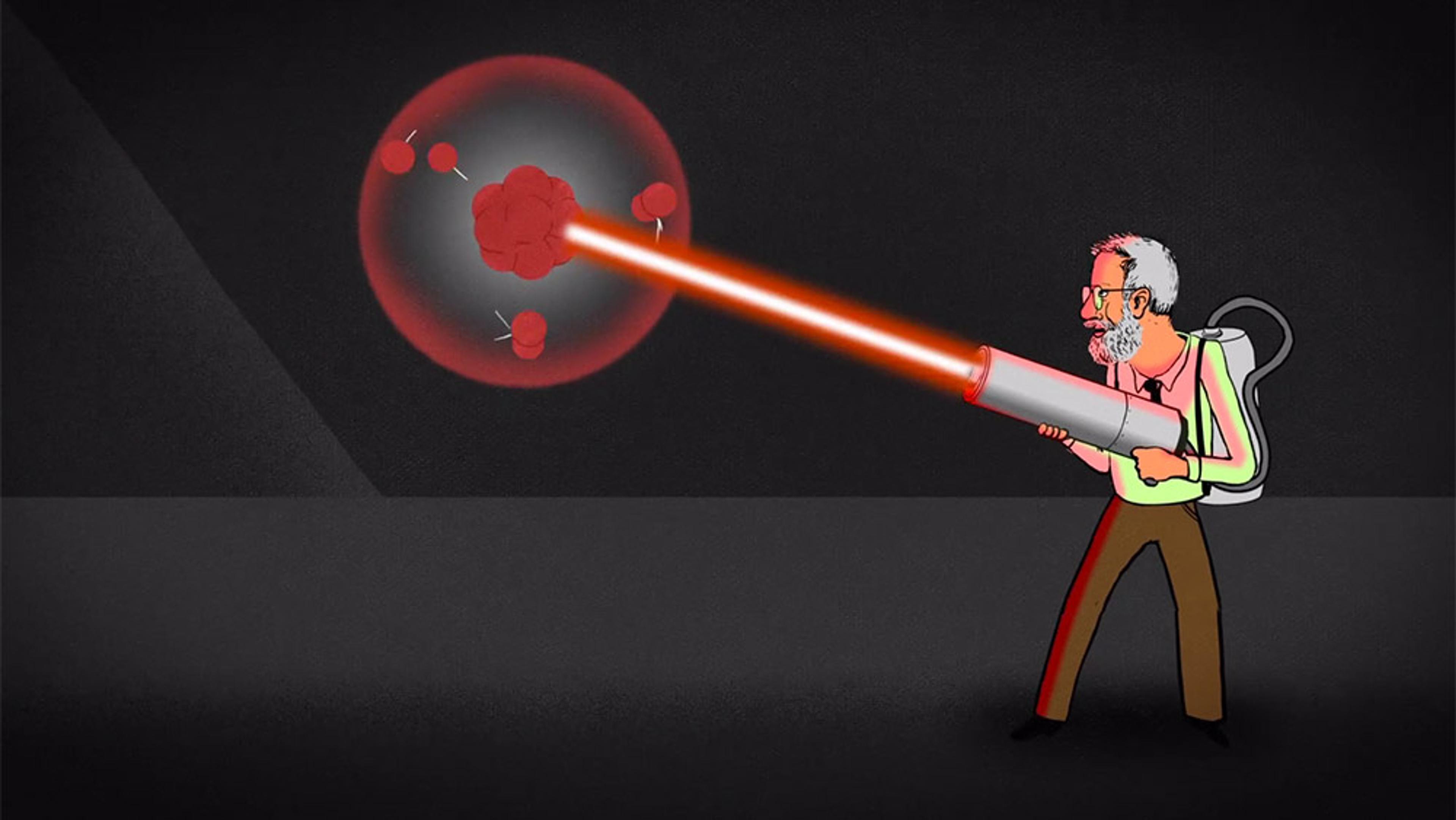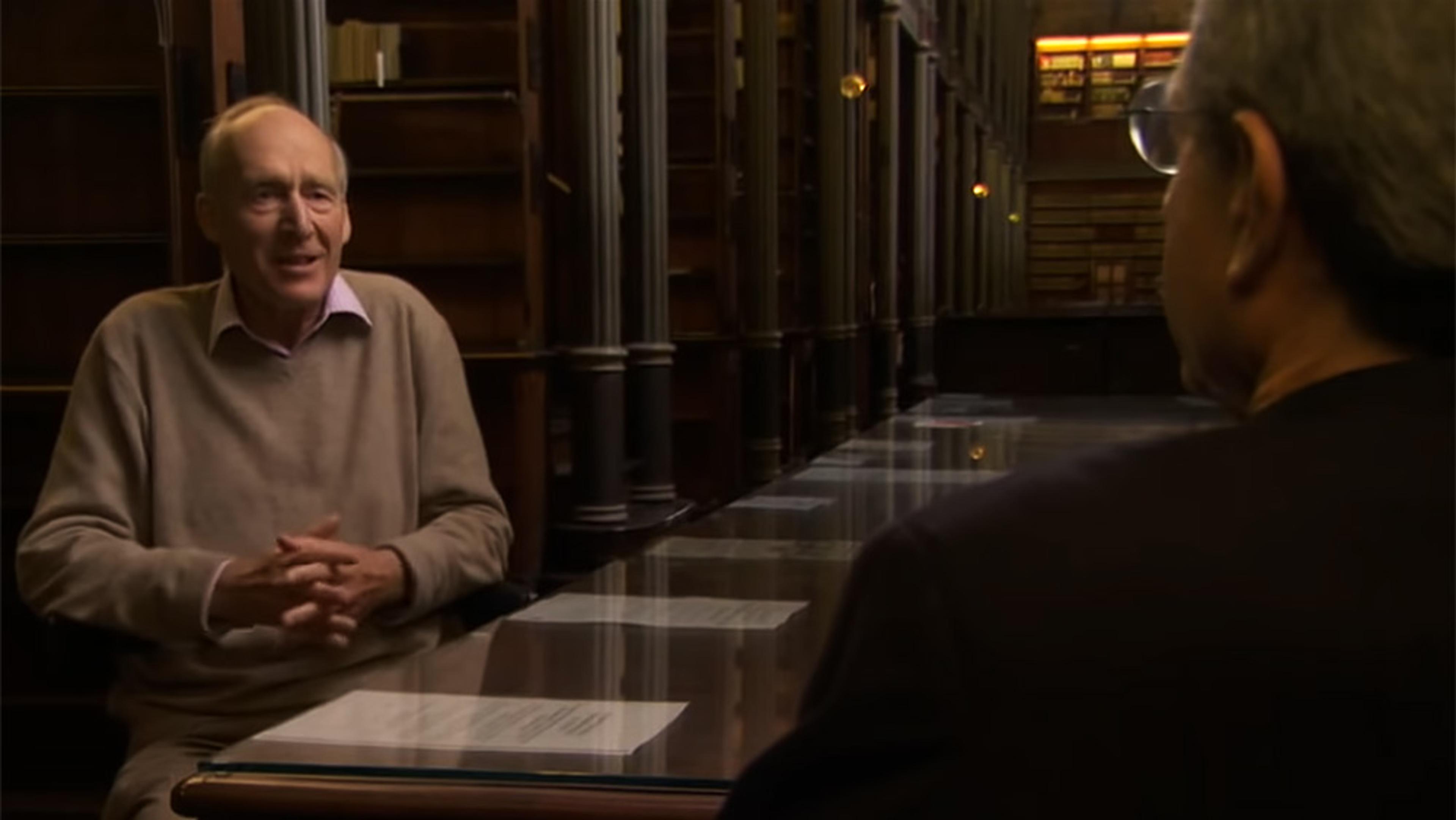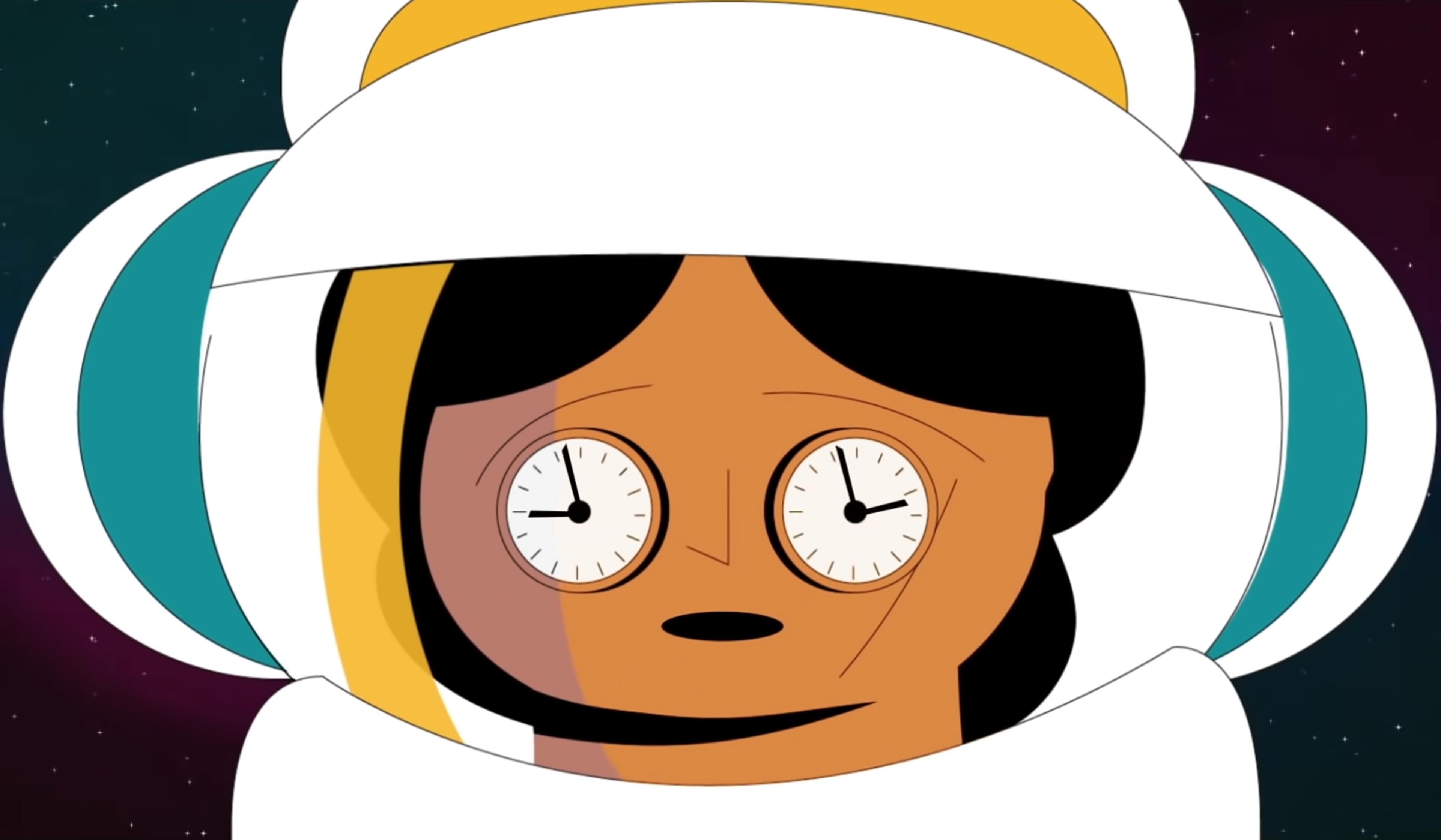Measuring the length of a second might seem simple, but this history of the time unit from TED-Ed shows how the road to the modern, standardised second was anything but. Written by John Kitching, a Fellow at the US National Institute of Standards and Technology, the video details how the advent of global communications and transit systems left the world in need of a more precise and universal understanding of a second – and how that search ultimately led to the atomic clock.
There was nothing quick about how we arrived at the standardised second

videoPhysics
How ticking atoms keep ultra-precise time for globe-connecting technologies
2 minutes

videoHistory of ideas
From sky charts to atomic clocks, time is a mysterious story that humans keep inventing
8 minutes

videoHistory of science
Before modern measurement standards, finding the length of a foot took a village
5 minutes

videoHistory of science
How we came to know the size of the Universe – and what mysteries remain
26 minutes

videoHistory of science
Ideas ‘of pure genius’ – how astronomers have measured the Universe across history
29 minutes

videoEngineering
How water-based clocks revolutionised the way we measure time
10 minutes

videoPhysics
An interstellar voyage explores the ‘paradox’ of twins separated by light years
6 minutes

videoAnimals and humans
The difference between an enormous beast and a puny newt is just a matter of perspective
1 minute

videoMetaphysics
What do past, present and future mean to a philosopher of time?
55 minutes